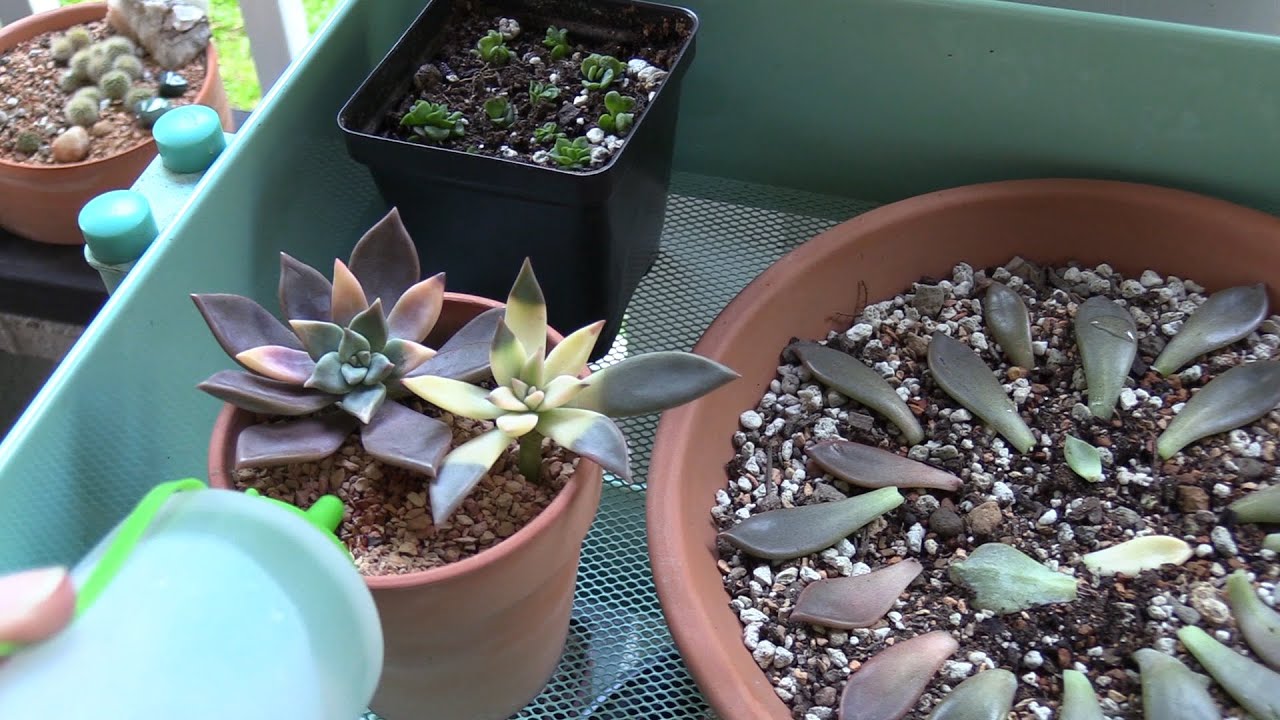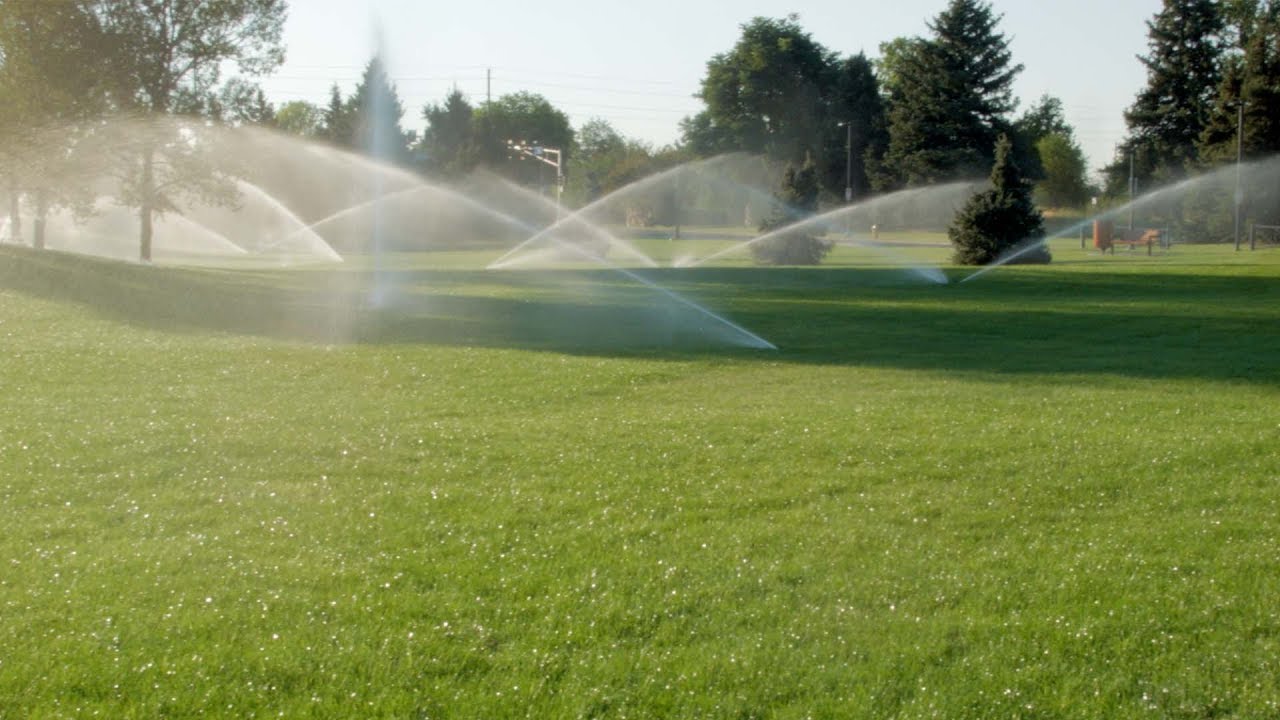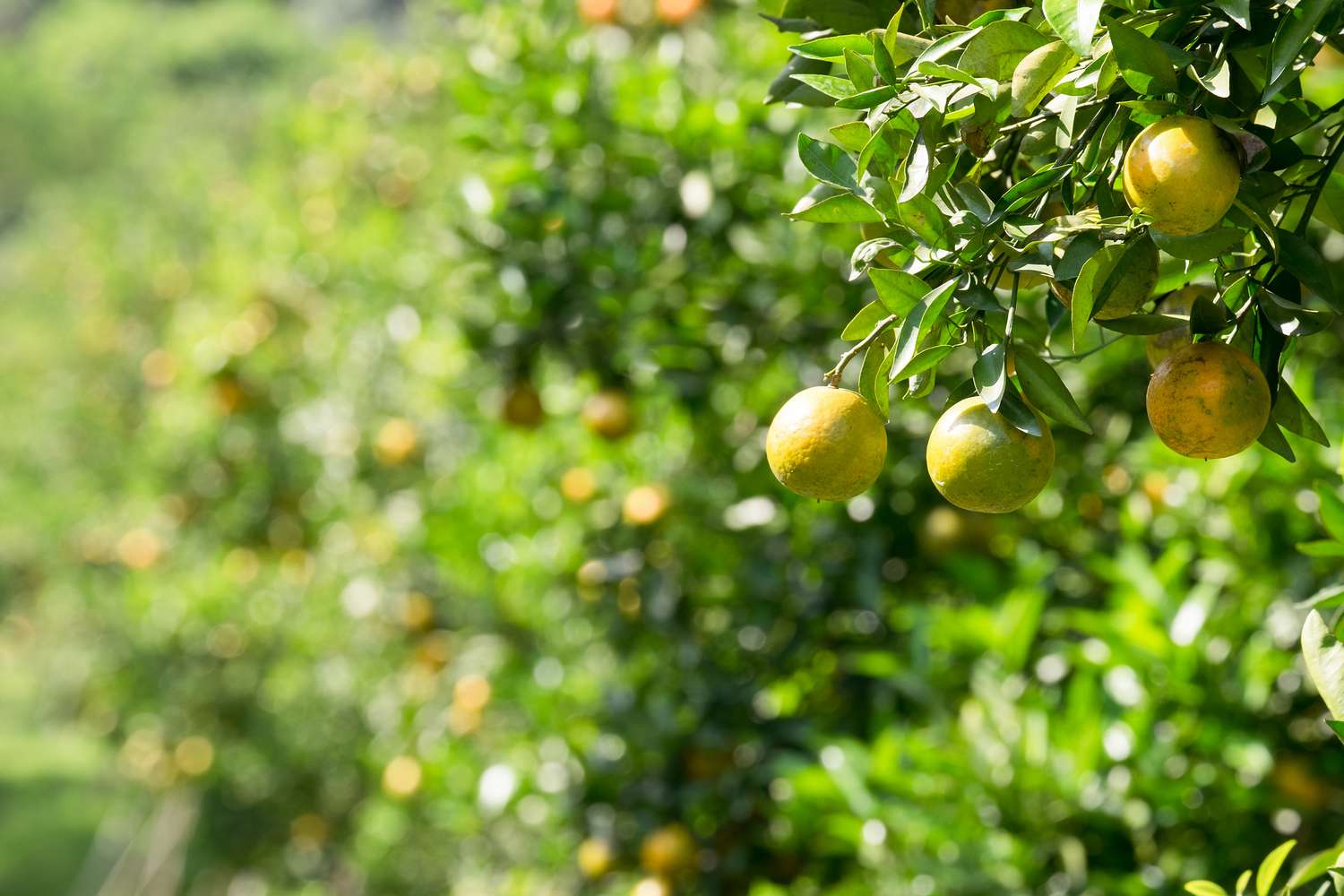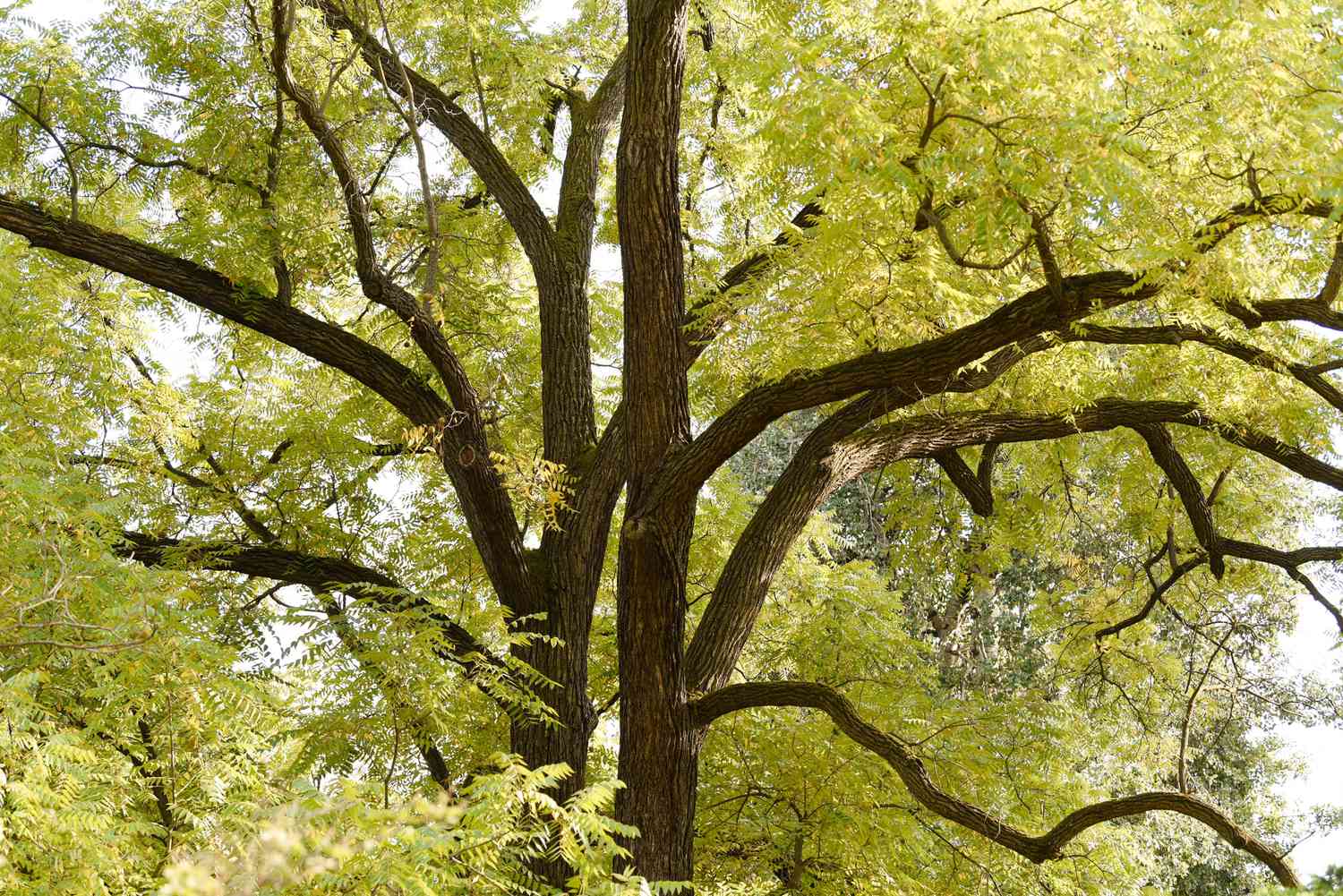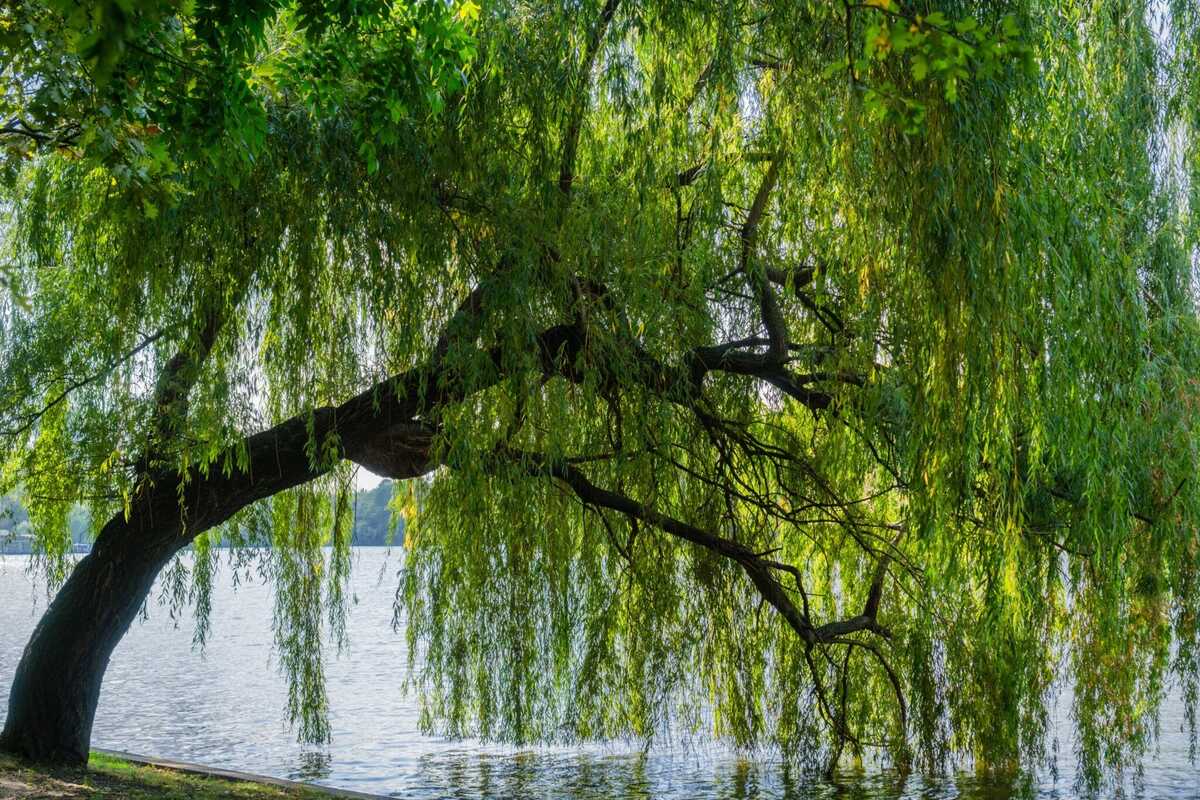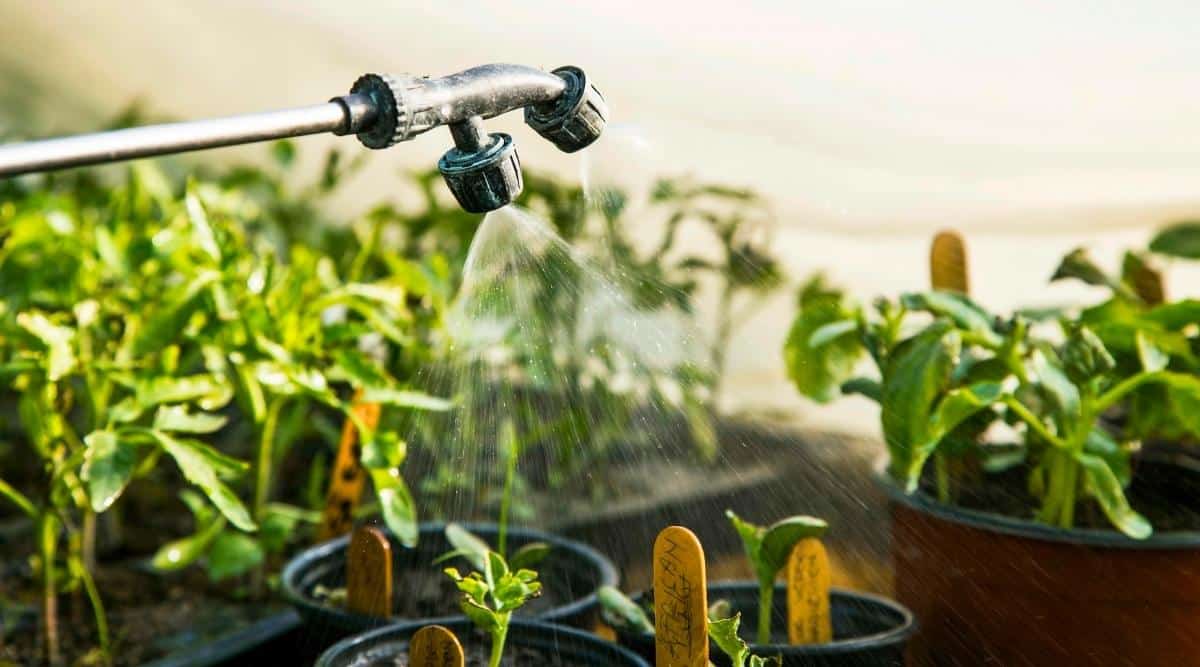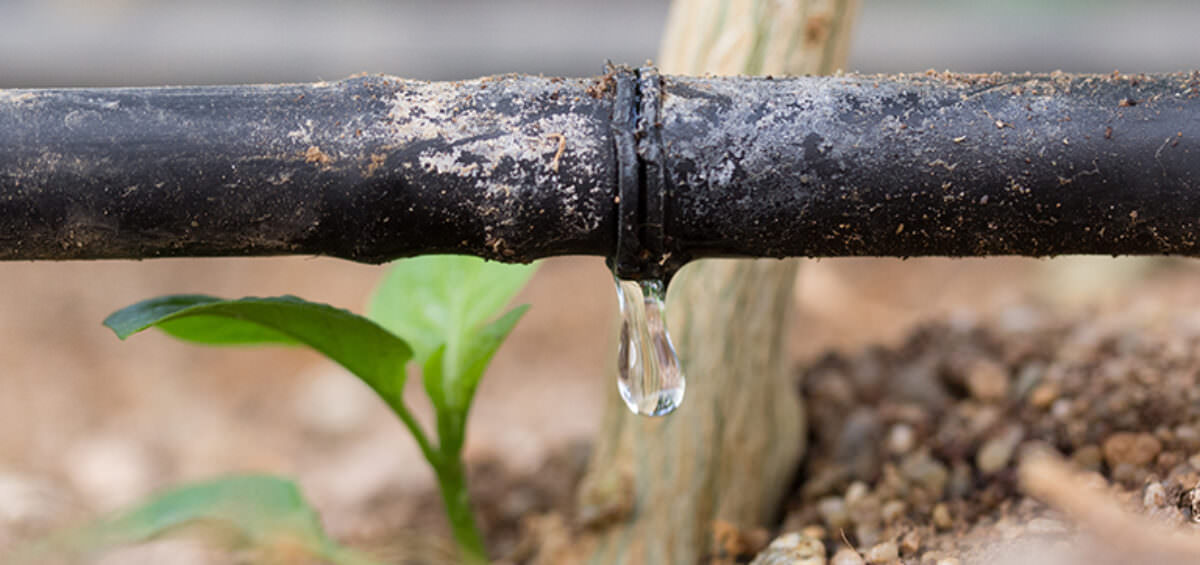Home>Gardening Techniques>Plant Care>How Much Water For New Trees
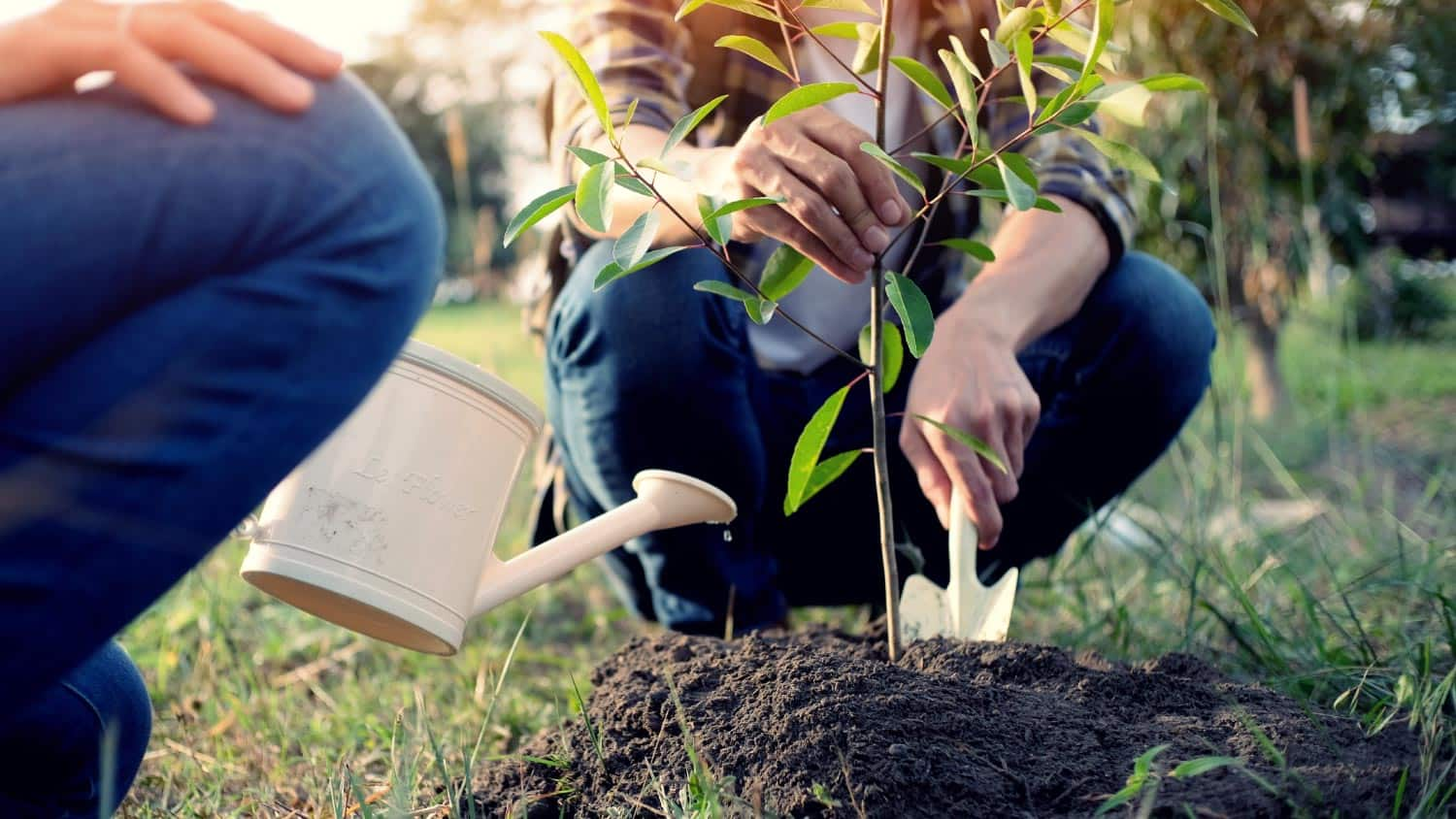

Plant Care
How Much Water For New Trees
Published: November 3, 2023
Discover the essential plant care tips for watering new trees. Learn how much water to give them to ensure healthy growth and establishment.
(Many of the links in this article redirect to a specific reviewed product. Your purchase of these products through affiliate links helps to generate commission for Chicagolandgardening.com, at no extra cost. Learn more)
Table of Contents
Introduction
Welcome to the world of plant care! If you’ve recently planted new trees or are considering doing so, it’s important to understand the fundamentals of watering. Proper watering is crucial for the health and vitality of new trees, as it helps them establish strong root systems and withstand environmental stressors. However, determining the right amount of water for your trees can be a bit of a challenge.
In this article, we will delve into the factors that affect the watering needs of new trees, discuss methods to determine their water requirements, and provide guidance on how to water them effectively. We will also explore the signs of overwatering and underwatering to ensure you can easily identify any potential issues.
Whether you are a new plant enthusiast or an experienced gardener, understanding the importance of proper watering techniques is key to successfully nurturing your new trees. So, without further ado, let’s dive into the wonderful world of plant care and discover how to provide the best care for your newly planted trees!
Factors Affecting Watering Needs for New Trees
Several crucial factors influence the watering needs of new trees. By understanding these factors, you can tailor your watering routine to provide optimal care for your trees. Let’s explore the key factors:
- Tree Species: Different tree species have varying water requirements. Some trees, like willows and poplars, thrive in moist soil, while others, like cacti and succulents, prefer drier conditions. It’s important to research the specific needs of your tree species to ensure you provide the right amount of water.
- Age of the Tree: Young trees generally require more water compared to mature ones. Newly planted trees have small root systems that are still establishing themselves, so they need regular watering to encourage root growth and development.
- Soil Type: The type of soil in which your trees are planted plays a significant role in their watering needs. Well-draining soils allow excess water to flow away from the roots, preventing waterlogging, while heavy clay soils retain moisture for longer periods. Understanding your soil type helps determine the frequency and duration of watering.
- Climate and Weather Conditions: The climate in your region and the prevailing weather conditions impact how quickly the soil dries out. In hot and arid climates, trees may require more frequent watering due to the rapid evaporation of moisture. Conversely, trees in cooler and more humid climates may need less frequent watering.
- Seasonal Variations: During hot summer months, trees tend to lose more water through transpiration, increasing their water needs. In contrast, during colder winter months, trees enter a dormant phase and require less water. Adjusting your watering schedule to accommodate seasonal variations is crucial for maintaining healthy trees.
By taking these factors into consideration, you can determine the specific watering needs of your new trees and provide them with the optimal care they require.
Determining Water Requirements for New Trees
Understanding the water requirements of your new trees is essential to ensure their health and growth. Here are a few methods you can use to determine their specific water needs:
- Soil Moisture Testing: One of the most accurate ways to determine if your trees need watering is by testing the moisture level of the soil. Use a soil moisture meter or simply insert a finger into the soil up to the second knuckle. If the soil feels dry at that depth, it’s time to water your trees.
- Observing Leaf Condition: Monitoring the condition of the leaves can provide insights into the water requirements of your trees. Wilting, drooping, or yellowing leaves are often signs of dehydration, indicating the need for watering.
- Environmental Clues: Pay attention to the weather conditions and the overall environment. If you experience a prolonged period of hot and dry weather, it’s likely that your trees will require more frequent watering. Similarly, if you’ve recently experienced heavy rainfall, it may indicate that your trees have sufficient moisture and can forgo watering for a while.
- Monitoring Growth Rate: The growth rate of your trees can also provide valuable information about their water requirements. If your trees are growing slowly or showing signs of stunted growth, it may be an indication that they are not receiving enough water.
- Consulting with Experts: If you are unsure about the water needs of your trees, don’t hesitate to seek advice from local arborists or horticulturists. They have extensive knowledge and experience and can provide valuable guidance based on your specific tree species and local conditions.
Using a combination of these methods will help you determine the water requirements of your new trees more accurately. Regular monitoring and adjustment of your watering routine will ensure your trees receive the right amount of water for their optimal growth and development.
Methods of Watering New Trees
Once you have determined the water requirements of your new trees, it’s important to choose the right methods of watering to ensure efficient and effective hydration. Here are some common methods to consider:
- Hand Watering: This method involves using a watering can or a hose with a gentle spray nozzle to water the base of the tree. Direct the water towards the root zone, ensuring an even distribution around the tree’s base. Avoid wetting the foliage as this can lead to disease and fungal issues.
- Drip Irrigation: Drip irrigation systems are a convenient and efficient way to water new trees. These systems deliver water directly to the root zone through a network of tubes or emitters. Drip irrigation promotes deep root growth and minimizes water loss through evaporation. It’s a particularly useful method for larger trees or when you have multiple trees to water.
- Soaker Hoses: Soaker hoses are porous hoses that release water slowly and evenly along their length, allowing water to seep into the soil around the tree. Place the soaker hose in a spiral or circular pattern around the base of the tree, ensuring it covers the root zone. Soaker hoses are an efficient method as they deliver water directly to the roots, minimizing waste.
- Basin Watering: This method involves creating a shallow basin or saucer-shaped depression around the base of the tree. Fill the basin with water, allowing it to slowly infiltrate into the soil. Basin watering is particularly effective for young trees with shallower root systems, as it encourages deep root growth.
- Mulching: Applying a layer of organic mulch around the base of the tree helps conserve soil moisture and regulate soil temperature. Mulch acts as a barrier, preventing evaporation and weed growth while providing insulation. Apply a 2-4 inch layer of mulch, leaving a small gap around the trunk to prevent moisture buildup and potential trunk rot issues.
Remember to adjust your watering methods according to the specific needs of your trees and the prevailing weather conditions. Consistency and moderation are key when it comes to watering new trees, ensuring they receive the right amount of moisture for healthy growth and development.
Watering Schedule for New Trees
Establishing a proper watering schedule is crucial for the well-being of your new trees. While there is no one-size-fits-all approach, the following guidelines can help you create an effective watering routine:
- Initial Watering: After planting a new tree, give it a thorough initial watering to settle the soil and provide necessary hydration. This initial watering helps ensure that the roots come into contact with moist soil, encouraging establishment.
- First Year: During the first year, new trees require regular watering to support root growth and establishment. As a general rule, water young trees deeply once or twice a week, allowing the soil to dry slightly between waterings. Aim for about 1 inch of water per week, adjusting based on the specific needs of your tree’s species, climate, and soil conditions.
- Subsequent Years: As your trees mature and develop a robust root system, their watering needs may decrease. However, it’s important to continue monitoring soil moisture levels and adjust your watering schedule accordingly. During periods of drought or extreme heat, you may need to water your trees more frequently to prevent stress and maintain their health.
- Deep Watering: Regardless of the watering frequency, it’s important to ensure deep watering to encourage strong root growth. Water should penetrate the soil to a depth of 12-18 inches, allowing the roots to access moisture at deeper levels. This promotes root development and helps trees withstand drought conditions.
- Time of Day: Water your trees in the morning or late afternoon when temperatures are cooler. This allows the water to penetrate the soil before evaporation becomes excessive. Avoid watering in the evening, as prolonged moisture on the leaves can create an environment conducive to disease.
Remember that these guidelines are general recommendations and may need to be adjusted based on your specific tree species, climate, soil conditions, and other factors. Regularly monitor your trees, assess soil moisture levels, and make adjustments as needed to ensure they receive the right amount of water for healthy growth and vitality.
Signs of Overwatering or Underwatering New Trees
Properly managing the watering needs of your new trees is crucial for their overall health and well-being. Understanding the signs of overwatering and underwatering can help you adjust your watering routine accordingly. Here are some common signs to look out for:
- Overwatering:
- Wilting: Paradoxically, overwatered trees may exhibit wilting just like underwatered trees. This is because excessive water can lead to root damage, hindering their ability to absorb water properly.
- Yellowing Leaves: Overwatered trees may develop yellow leaves, often due to nutrient deficiencies caused by waterlogged soil.
- Fungus or Mold Growth: Excess moisture creates a favorable environment for the growth of fungus and mold on the bark or soil surface.
- Root Rot: Overwatering can lead to root rot, which is characterized by a foul odor, blackened roots, and a general lack of root vitality.
- Underwatering:
- Wilting: Underwatered trees often display wilting leaves as a result of water stress. The leaves may appear dry and brittle.
- Leaf Curling or Browning: Lack of water causes leaves to curl or brown at the edges. The leaves may also become crispy or fall prematurely.
- Stunted Growth: Insufficient water can inhibit root growth, leading to overall stunted growth and smaller leaves.
- Drooping: Severely underwatered trees may exhibit significant drooping or sagging branches.
It’s important to note that some of these symptoms can also be attributed to other factors, such as nutrient deficiencies or pest infestations. Therefore, it’s essential to carefully assess the overall condition of your trees and consider all possible causes before making any adjustments to your watering routine.
Regularly monitor your trees, check the moisture levels of the soil, and observe any signs of stress. Adjust your watering schedule accordingly to ensure that your trees receive the appropriate amount of water for their optimal growth and health.
Conclusion
Watering new trees is a vital aspect of plant care, ensuring their healthy establishment and long-term growth. By understanding the factors that affect their watering needs, determining their specific water requirements, and employing appropriate watering methods, you can provide optimal care for your new trees.
Factors such as tree species, age, soil type, climate conditions, and seasonal variations play a crucial role in determining the watering needs of your trees. By considering these factors, you can develop a customized watering routine that meets the specific requirements of your trees.
Methods such as hand watering, drip irrigation, soaker hoses, basin watering, and utilizing mulch can help you efficiently and effectively water your trees. Regular monitoring of soil moisture levels, observing leaf condition, and consulting experts when necessary can further enhance your watering practices.
Understanding the signs of overwatering and underwatering is key to adjusting your watering routine as needed. Recognizing symptoms such as wilting, leaf discoloration, fungus/mold growth, root rot, or stunted growth can help you identify and address any watering issues promptly.
Remember that while these guidelines provide a general framework, it’s important to adapt them to the specific needs of your tree species, climate, soil type, and other environmental factors. By consistently monitoring your trees and adjusting your watering schedule accordingly, you can establish a strong foundation for their health and growth.
By implementing proper watering practices, you are providing your new trees with the care they need to flourish and thrive in their environment. So grab that watering can or set up your drip irrigation system, and embark on the rewarding journey of nurturing your new trees!

